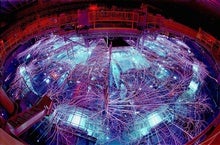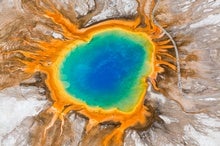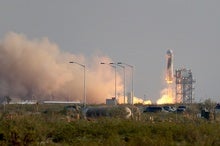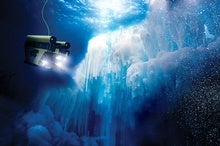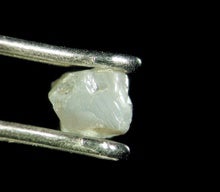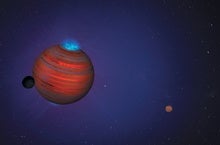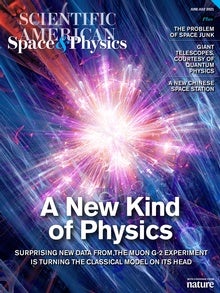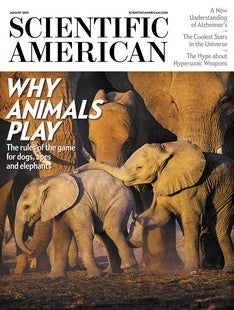 |
| July 22, 2021 |
Dear Reader,
This week, we're contemplating what lies beneath. Deep beneath—in the hidden hearts of alien worlds, in fact. Our lead story reports on fresh results from NASA's InSight Mars Lander, which has used seismic waves to unveil the Red Planet's subsurface structure in unprecedented detail. Another story dives into lab-based studies using giant lasers and electromagnets to simulate conditions at the cores of massive planets. Elsewhere, we have coverage of surprisingly resilient extremophile microorganisms, the physics of hypersonic weaponry, and, yes, the suborbital spaceflight of the world's richest person. Read on! |
| |
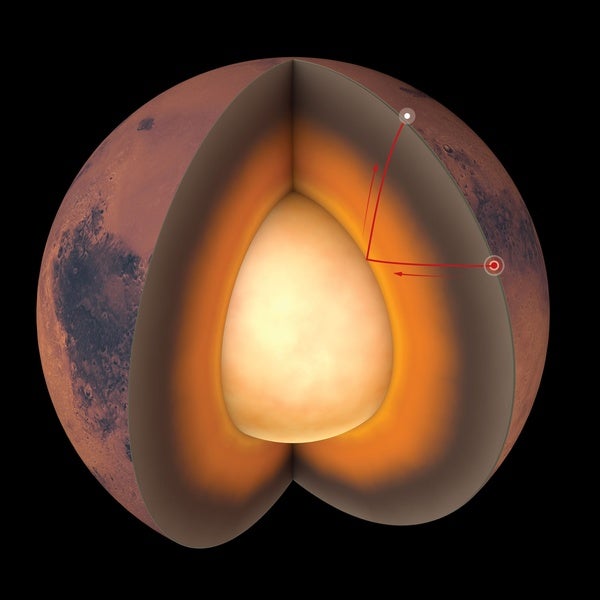 |
| |
| |
| |
| |
| |
| |
| |
| |
| |
| |
FROM THE STORE
 | | | |
| |
| |
FROM THE ARCHIVE
 | | | |
LATEST ISSUES
 |
| |
| Questions? Comments?  | |
| Download the Scientific American App |
| |
| |



